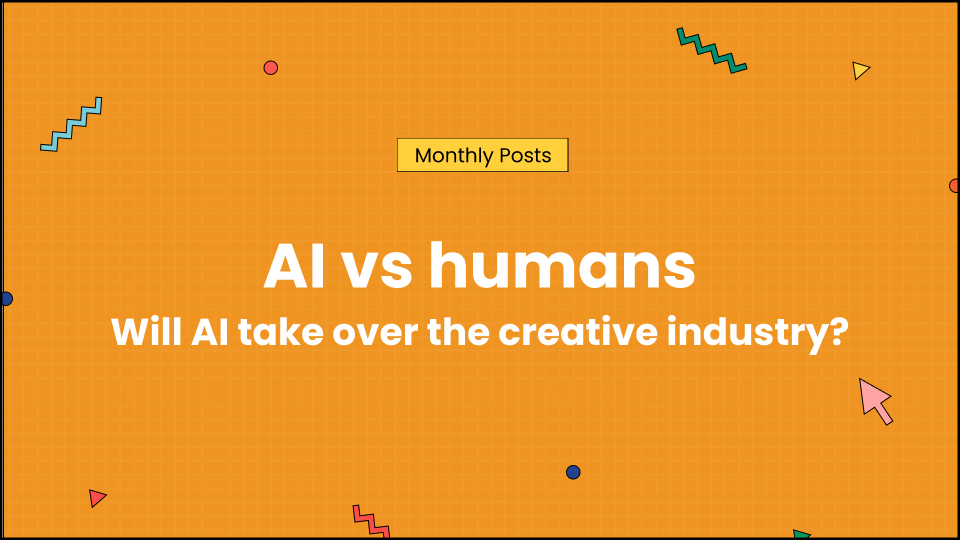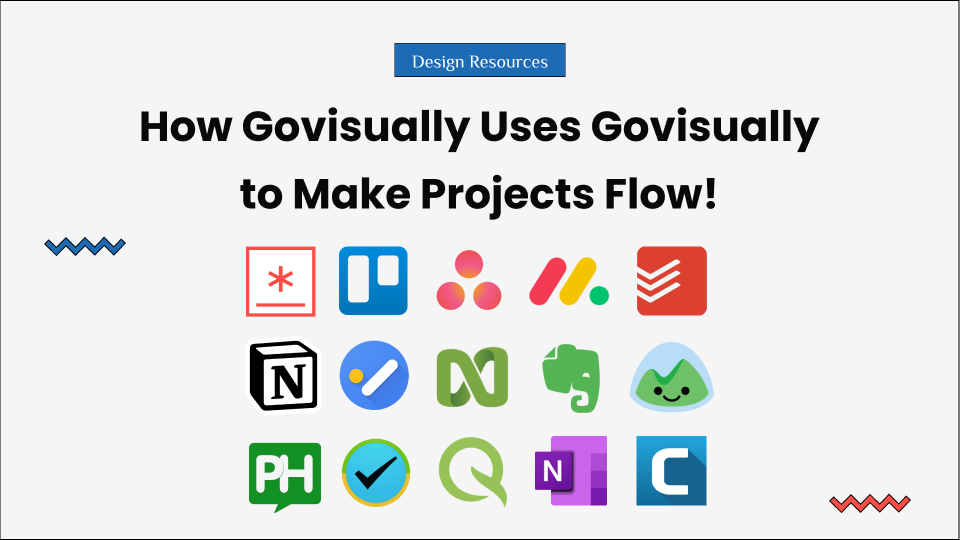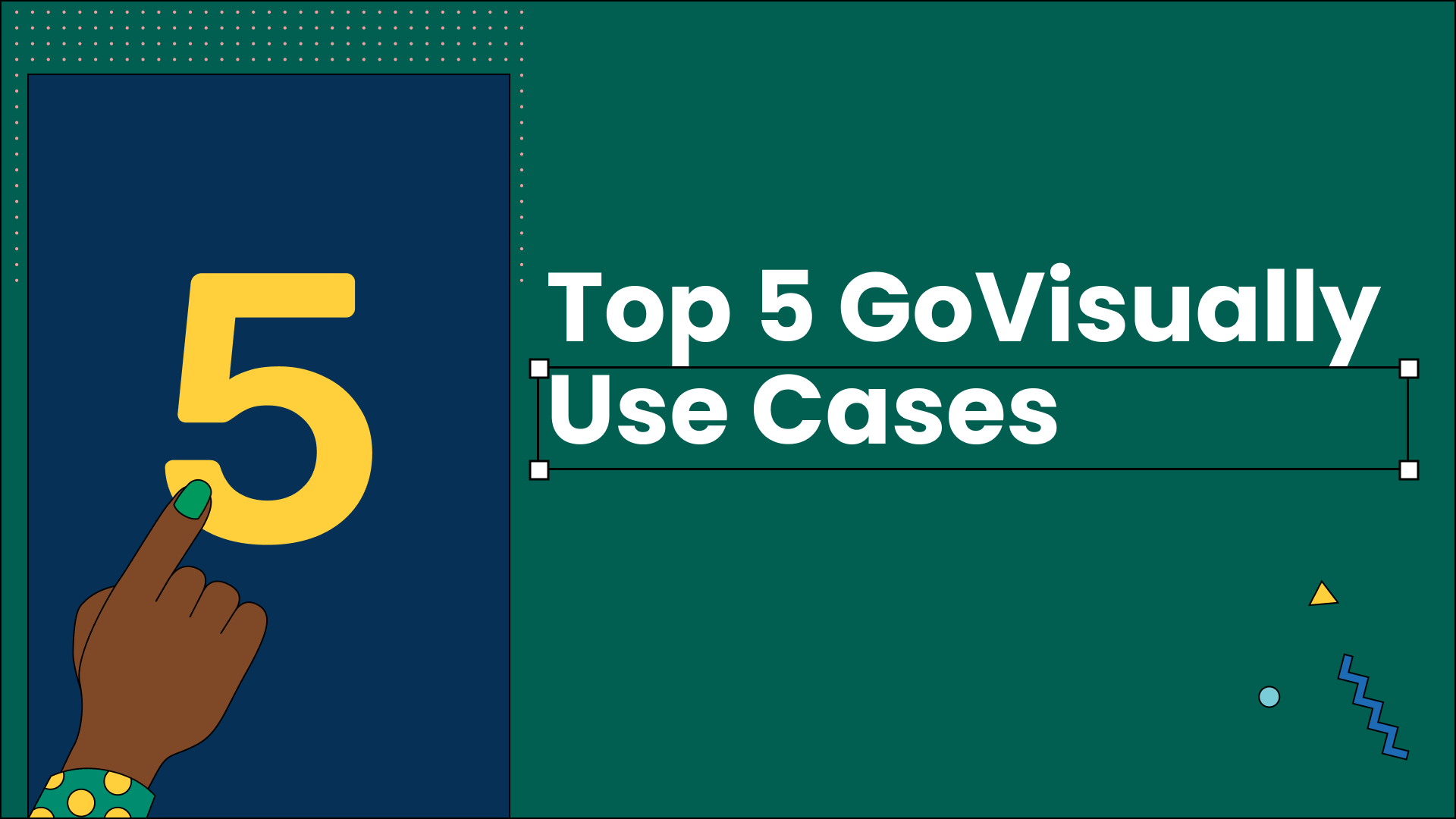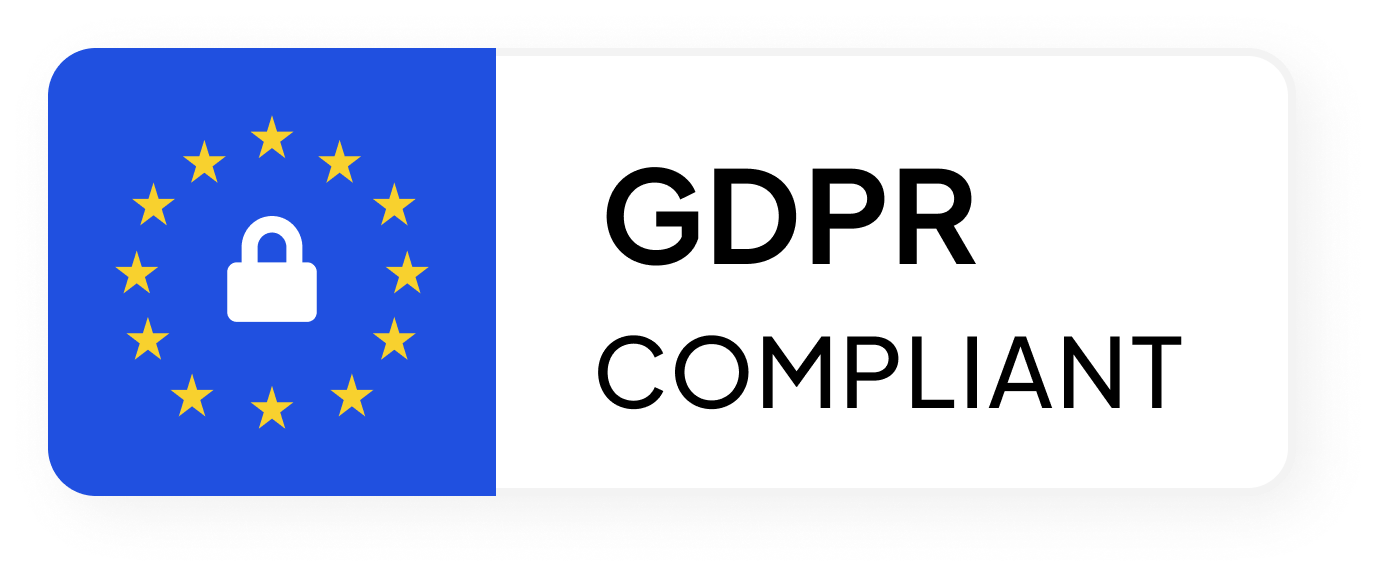While AI has been making significant advancements in finance, healthcare, and retail industries, one industry has been a source of constant debate – the creative industry.
The creative industry is an umbrella term that encompasses various fields such as marketing, design, music, film, and writing. With the increasing advancements in AI technology, the question is whether AI will eventually take over the creative industry and render human creativity obsolete.
We all know a commonly agreed answer to that is NO.
However, there’s still much uncertainty around this topic for creative professionals.
We’ll dive deeper into the subject and explain everything happening or predicted to happen with the development and betterment of AI technology.
From how we define creativity and the appeal of AI in this sphere to expert opinions and a breakdown of some leading AI platforms, you’re about to find all the answers you need as our fellow creatives.
So let’s dive right in!
Table of Contents
What does creativity mean?
To understand the role of AI in the creative industry, it’s important to understand the nature of creativity itself and whether AI could ever replicate it.
Creativity is the ability to produce new and unique ideas and is widely considered a human-only trait. Still, AI is changing that perception as it has already shown remarkable creativity in various domains.
For instance, AI-generated music, artwork, and writing have already begun to gain traction and recognition in their respective fields.
However, it’s important to note that the algorithms and data limit AI’s creativity it is trained on, and it’s not truly original in the sense that humans understand it.
The two sides of AI in the creative industry
Since AI has been around for a long time and is a hot topic for everyone, another aspect to consider is the use of AI in the creative industry.
AI has been widely used in various stages of the creative process to assist humans in generating new ideas, improving workflows, and increasing productivity.
For instance, AI algorithms can be used to generate storyboards, assist with creating visuals, and analyze the emotional impact of a piece of content. This allows human creators to focus on their core strengths and augment their work with the help of AI.
However, the use of AI in the creative industry has also been a source of concern as it can take over certain tasks, such as creating stock imagery, and result in job losses. This fear is not unfounded, as AI has already replaced human workers in various industries, and the creative industry could be next.
A new AI platform is being released every week or two for writing, art, videography, brand planning, and execution!
The leading AI platforms – How far has AI developed to mimic human creativity?
There are several AI tools available now that have the potential to disrupt the creative industry and impact jobs in fields such as writing, digital illustrations, and more.
Some of the most notable AI tools in this regard include:
1. AI Content Generators
AI content generators use natural language processing (NLP) algorithms to generate written content such as news articles, product descriptions, and poetry.
2. AI Design Tools
AI design tools use machine learning algorithms to assist in the creation of visuals and designs. For instance, AI-powered design tools can suggest color schemes layouts, and even generate entire designs based on guidelines.
3. AI Music Composers
AI music composers use algorithms to generate original music compositions based on parameters. These tools can generate technically perfect music but lack the emotional impact that a human composer would bring to the piece.
4. AI Story Generators
AI story generators use algorithms to generate stories based on parameters. These tools can generate storyboards, analyze the emotional impact of a piece of content, and even generate entire storylines.
These AI tools have the potential to automate certain tasks in the creative industry and result in job losses in certain fields.
So amidst all of this, are human capabilities lagging? Is AI a friend or a foe?
Everyone is plagued with such questions, so we got our answers from some of the leading professionals in the creative industry!
What are creative experts saying about AI?
Experts in the field of AI and the creative industry have mixed opinions about the impact of AI on this field. Some experts believe that AI will play a crucial role in augmenting the creative process and helping human creators achieve new heights of creativity.
They believe that AI will never be able to replace the human touch and emotion that is so essential in the creative process and that humans will always play a crucial role in this industry.
Richard Holman – a creativity coach, author, and speaker – wrote about how AI can not replace human creativity, no matter how advanced it seems.
“Let’s say there has been machine learning A.I. at the start of the 20th century and you’d fed it examples of contemporary art — some Kandinsky, Matisse, Picasso, perhaps a little Braque. The A.I. may well have generated an intriguing painting that played with perspective, color, and form. But it would not have put a urinal in the center of a gallery, signed it R. Mutt, and initiated a new era of conceptual art,” he wrote.
On the other hand, some experts are more cautious about the impact of AI on the creative industry. They believe that AI has the potential to take over certain tasks, such as the creation of stock imagery, and result in job losses in the creative industry.
They argue that AI-generated content may be technically perfect, but it lacks the emotional impact that a human creator would bring to the piece.
Well, there’s an explanation for that.
Four years ago, Li Kai Fu – a writer, businessman, and computer scientist – created a matrix in his book “AI SuperPowers,” predicting the kinds of jobs for which AI might be better suited than humans and will eventually replace.

He predicted that AI might be slower to replace humans in jobs on the “Creativity or Strategy Axis” – jobs that require creativity or strategic thinking.
However, most experts agree that the creative industry is an ever-evolving field, and new forms of creativity are constantly emerging. AI may be able to generate new and unique ideas, but it cannot keep up with the constant change and evolution of the creative industry.
Don Norman, the master of UX design himself, had much to say about the impact of AI on creativity. He emphasized how the A in AI stands for ‘artificial.’ so AI is everything BUT innovative, unique, and creative.
“We’re going to have to learn to think and design in a very different way, but that’s been true of every advanced technology over the ages. Everytime a new technology comes in, it changes the way we behave. And most of the time, in positive ways, but it takes a while for us to get used to it,” he concluded.
AI vs. Human creativity – the difference and the appeal
The difference between AI and human creativity lies in the emotional impact and personal touch that only humans can bring to a creative process like design thinking.
For instance, AI-generated music may sound technically perfect, but it lacks the emotional impact a human composer would bring to the piece. (You can’t expect a musical revolution like Mozart)
While AI can generate technically perfect content, it lacks the emotional depth and nuance that only a human creator can bring. For instance, studies have shown that humans have a strong preference for content created by other humans over content generated by AI.
In a survey by the Pew Research Center, 72% of Americans agreed that it’s important for people creating news content to be human rather than AI.
Moreover, human creativity often involves drawing upon personal experiences, emotions, and perspectives to create something truly unique. This emotional depth and personal touch sets human creativity apart from AI and is why humans will always play a crucial role in the creative industry.
A recent study by the National Endowment for the Arts (NEA) found a strong link between creativity and human well-being.
The study found that individuals who engage in creative activities are more likely to report high life satisfaction and well-being levels. This highlights the importance of human creativity and the emotional impact that it can bring to the creative process.
Final verdict
Creativity (more like creative modules in the backend) in AI is evolving rapidly.
But is it all doom and gloom for the creative industry?
The answer is no, and it will stay no by all means.
The role of AI in the creative industry is not to replace humans but to augment their work and help them achieve new heights of creativity. This was also evident in this year’s Adobe Max conference for creatives globally, when they introduced new AI models and features to assist creative professionals in their work.
By now, you are already certain that AI will never be able to replace the human touch and emotion that is so essential in the creative process.
Moreover, the creative industry is an ever-evolving field, and new forms of creativity are constantly emerging. AI may be able to generate new and unique ideas, but it cannot keep up with the constant change and evolution of the creative industry.
So our final verdict?
Humans will always be at the forefront of the creative industry, driving it forward and creating new forms of expression and creativity.
If you’ve enjoyed reading it this far and learned something insightful about the AI vs. Humans debate, stay tuned for more articles on industry trends.





